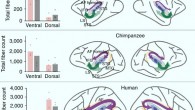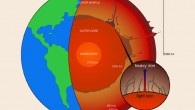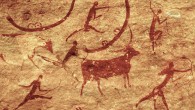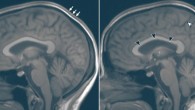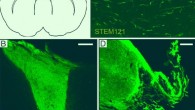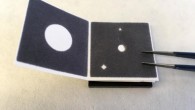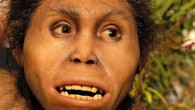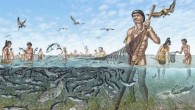An analysis of rocks from the Honeyeater Basalt of the East Pilbara Craton, a stable block of crust in Western Australia, provides strong evidence that Earth’s tectonic plates were already moving 3.2 billion years ago (Archean Eon). An artistic cross-section through forming Earth’s crust approximately 3-4 billion years ago. Image credit: Alec Brenner, Harvard University. Plate tectonics is key to the evolution of life and the development of the...


